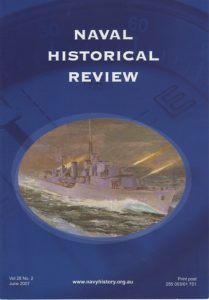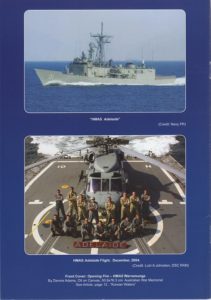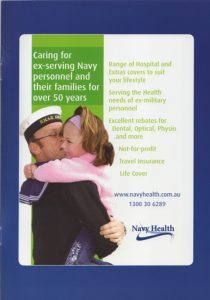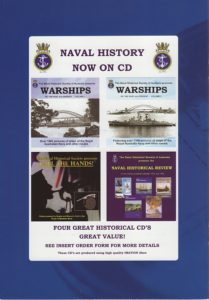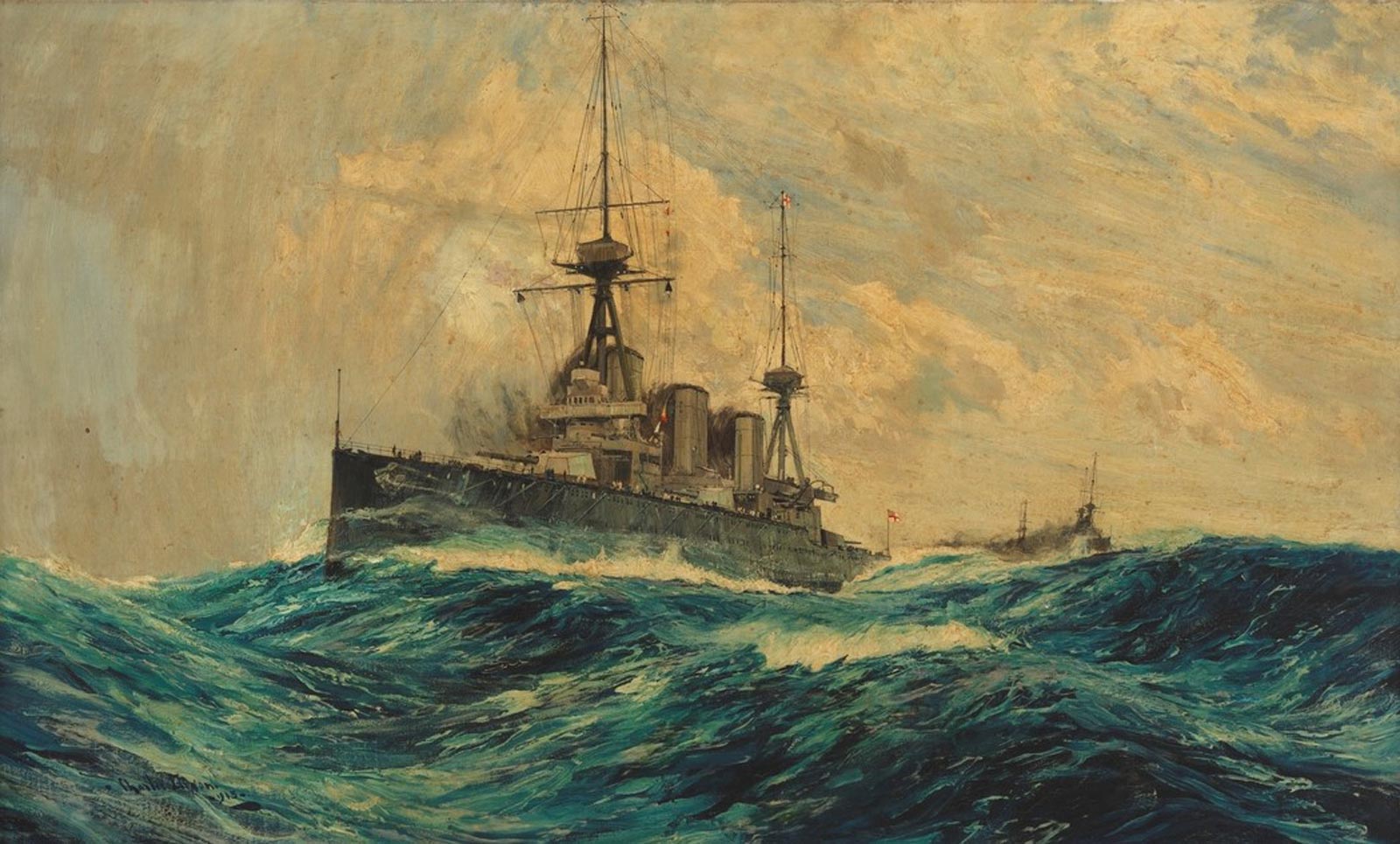
Charles Dixon
Charles was born at Gorin-on-Thames in England. He was the son of the genre and history painter, Alfred Dixon who trained and encouraged Charles to become an artist. Charles first exhibited at the Royal Academy at the age of 16 before contributing regularly to the magazines “The Illustrated London News”, “The Graphic” and “The Sphere”.
Charles soon had a successful practice producing nautical scenes, both water colours of coastal life and large oil paintings of historical or contemporary naval subjects. He exhibited regularly at the Royal Academy and several of his paintings are now in the collection of the National Maritime Museum in London.
Charles also exhibited at the New Water Colour Society and various other venues and was elected a member of the Royal Institute of Painters in Water Colours in 1900. He was a keen yachtsman and lived in Itchenor on the Sussex coast in the UK. Charles died at his home on 12th September 1934.
- Additional resources for Charles Dixon
